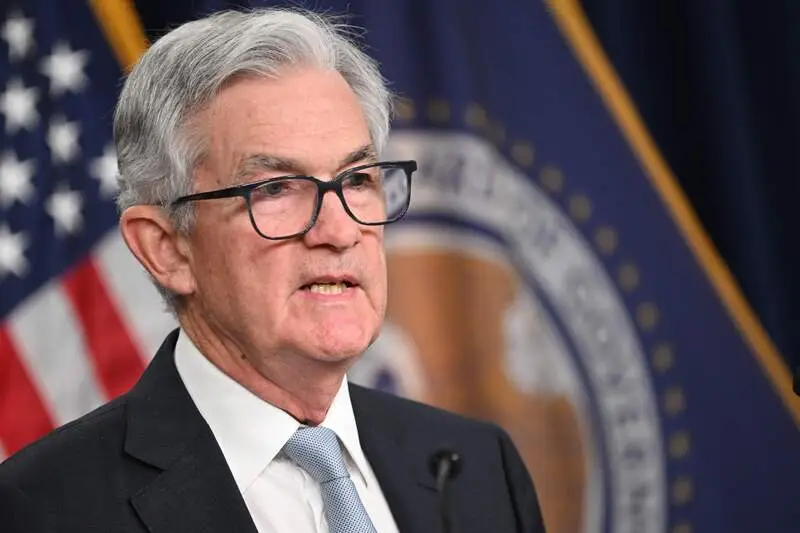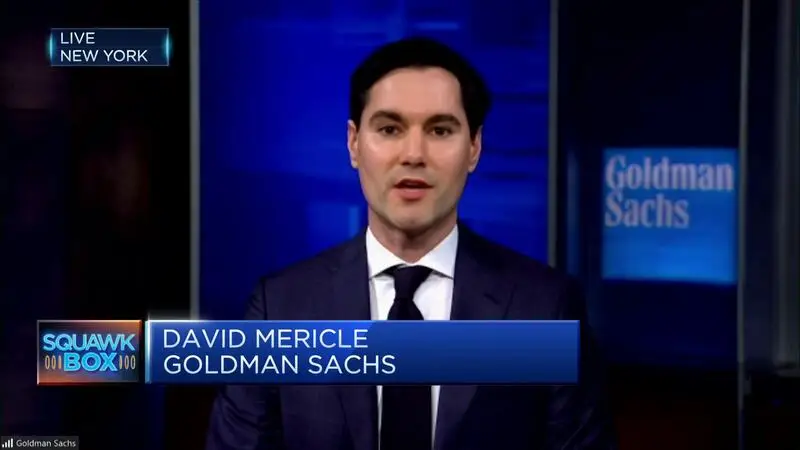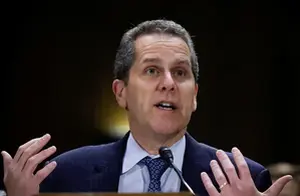
Health insurance is helping cool inflation. But 'it's not a very good reflection' of what people pay, cautions economist
In an environment of high inflation, health insurance costs are doing the opposite: They've begun to deflate, and are poised to continue dropping each month until fall 2023, economists predict.
Health insurance prices fell by 4% in October and 4.3% in November, according to the consumer price index, a key measure of inflation.
related investing news


By comparison, the average price for all U.S. goods and services rose 0.4% and 0.1% in October and November, respectively.
The health data reflects factors like consumers' insurance premiums and benefits paid by insurers.
Health insurance costs had been rising steadily, within a band of roughly 1.5% to 3% a month since October 2021, according to CPI data.
Now, costs are poised to fall about 4% a month through September, said Jonathan Church, an economist at the Bureau of Labor Statistics, which issues the CPI data.
However, that deflationary dynamic may not square with consumers' actual financial experience with health premiums. That decline in prices on paper is due to the unique way in which the BLS calculates health insurance inflation, economists said.
"It's not a very good reflection of prices consumers are going to be seeing," said Andrew Hunter, senior U.S. economist at Capital Economics.

Why health insurance prices are hard to quantify
Health insurance prices are a tricky thing for economists to quantify.
Consumers pay insurers regular premiums, a cost that's easy to measure. But it's hard to assess the value consumers get for those premiums. Their costs may go up, but are consumers getting a commensurate value?
"The CPI has been unable to consistently control for changes in quality such as policy benefits and risk factors," the BLS writes of its calculation. "Price change between health plans of varying quality cannot be compared, and any quality adjustment methods to facilitate price comparison would be difficult and subjective."
Instead of measuring the change in premium prices directly, economists developed an indirect method based partly on health insurers' profits.
More from Personal Finance:
Here's the inflation breakdown for November 2022 — in one chart
Used car prices are down 3.3% from a year ago — but still 'grossly inflated'
What another rate hike from the Federal Reserve means for you
Pandemic health trends flipped the inflation readings
Early in the Covid-19 pandemic, consumers used less healthcare since they weren't going to see doctors or visit hospitals for elective procedures. That translated to higher profits since insurers were still collecting premiums.
Now, the economy has reopened and consumers are using their insurance more often. Aggregate profits shrank in 2021 relative to 2020 since insurers paid out more insurance benefits — and hence the monthly inflation readings flipped negative.
"When we were in the middle of the pandemic and no one was getting elective surgeries, [insurers] were making a lot of money," said Mark Zandi, chief economist at Moody's Analytics. "But now they're on the flip side of that and people are back using medical care services."
The BLS updates its profit-related calculations once a year, in October.
As a result, the health insurance CPI will remain negative through September 2023. There may be minor monthly fluctuations based on other inputs, like the cost of hospital services, prescription drugs, medical equipment and supplies, home healthcare and nursing homes, Church said.
The dynamic helps to temporarily hold down monthly inflation readings, economists said.
"It doesn't change the topline story that inflation is moderating," Zandi said. "It just moderates that story to some degree."
Consumers may see 'higher increase' of 2023 premiums
Given the CPI's measure of health insurance inflation isn't a direct measure of consumers' financial impact, here's what they can expect in 2023.
"As inflation continues to grow at relatively high levels, we could potentially observe a higher increase in average premiums for 2023 than we have seen in recent years," the Kaiser Family Foundation said of employer-sponsored health insurance in an October report.
U.S. employers expect their average health insurance costs per employee to rise 5.4% in in 2023, following a 3.2% jump in 2022, according to Mercer.
Consumers who get health insurance through the workplace paid $1,327 in health premiums for single coverage in 2022 and $6,106 for family coverage, KFF said. The level is similar to amounts in 2021.

Premiums for Affordable Care Act plans are estimated to jump 4%, on average, in 2023, according to the Department of Health and Human Services.
It would be the first time in many years when ACA premiums rise nationwide, with insurers citing rising prices and rebounding utilization for the bulk of the increase, KFF said. However, most consumers receive a subsidy for ACA premiums and are "largely shielded" from the increase, KFF said.
The standard monthly premium for Medicare Part B is roughly $165 in 2023, a decrease from about $170 in 2022, according to the Centers for Medicare and Medicaid Services. But the average monthly premium for Medicare Part D for prescription drugs is estimated to be $43 next year, a 10% increase from 2022, KFF said.
Source: https://www.cnbc.com/2022/12/14/heres-how-health-insurance-is-helping-to-cool-inflation.html






